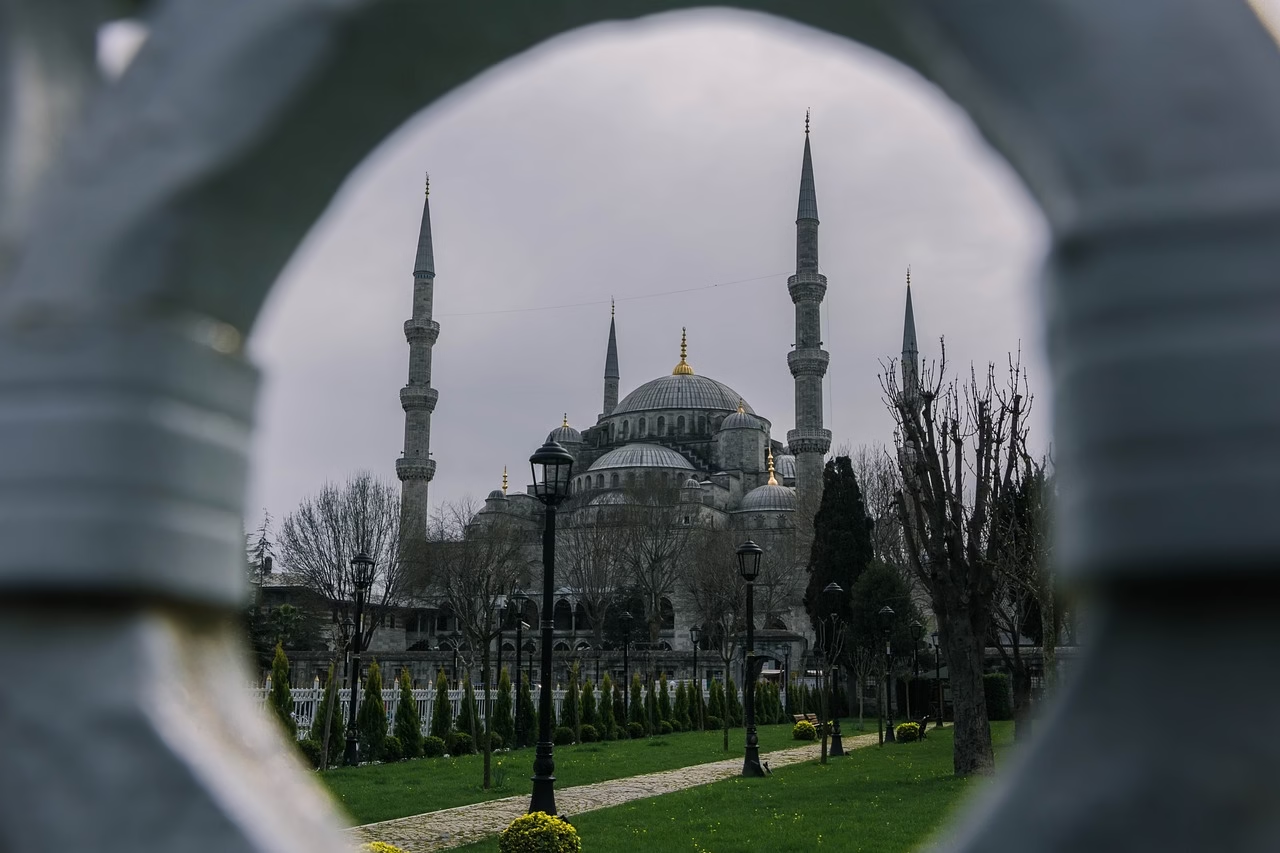Europe’s Scorching Heatwave Forces Closure of Iconic Landmar
July 4, 2025 | by Marco Santiago

When the Stones Sweat: Traveling Through Europe’s Fiery Summer
By Marco Santiago — cultural explorer, storyteller, restless wanderer.
On Tuesday I reached the Champ de Mars expecting to ride the iron veins of the Eiffel Tower all the way to its crown, only to find the summit gates locked. A crimson placard fluttered in the Saharan breeze: “Fermeture exceptionnelle – canicule”. Paris had breached the 40 °C mark, and the tower’s top floor was off-limits, its steel bones too hot to host dreamers (Washington Post, July 2 2025).
The heat this July is not a polite summer warmth. It feels mythic—like Apollo steering his chariot far too close. From Portugal’s baked cork groves (46.6 °C) to England’s parched greens, records have cracked like old frescoes (The Guardian, July 1 2025). And with every new record, another icon pauses to catch its breath.
Landmarks Falling Quiet
• In Brussels, the stainless-steel spheres of the Atomium began to simmer. Staff closed the futuristic giant at 2:30 p.m. for three consecutive days, worried that the interior temperature would climb past safe limits (Brussels Times, July 1 2025).
• Athens, already seasoned by last year’s 43 °C siege, has reinstated its midday lockdown at the Acropolis, shuttering the marble wonder from noon until the late-afternoon shadows return (The Guardian, June 12 2024).
• Across the continent, smaller closures ripple outward—museum courtyards in Florence, sections of Gaudí’s Park Güell, even shaded cloisters in Seville where the mercury has flirted with 42 °C (ABC News Australia, July 1 2025).
When the places we travel to for timelessness begin to set their own curfews, you realize that climate change isn’t a headline—it’s the itinerary itself.
My Brush with the Blaze
After Paris, I rode the night train north toward Belgium. Dawn found me sipping lukewarm water outside the Atomium, only to be turned back with a sympathetic shrug. Instead of sulking, I pivoted—detouring into the subterranean chill of the nearby Design Museum, where neon art installations pulsed like bioluminescent tides. The contrast was exquisite: outside, asphalt hissed; inside, cool LEDs whispered.
Later in Rome, friends reported tourists fainting in the queue for the Colosseum, the basalt stones radiating 55 °C. The monument remained open, but local guides urged people to retreat during the white-hot hours (The Local Italy, July 25 2023). The Eternal City, it seems, now keeps siesta alongside its fountains.
Heat-Wise Travel: Essential Strategies
- Chase the Dawn, Savor the Dusk. Most closures target the blistering window between noon and 5 p.m. Plan sunrise ascents and twilight strolls; you’ll gain softer light for photos and cooler air for lungs.
- Book Flexible Tickets. Landmarks such as the Atomium and Eiffel Tower allow same-year re-entry or date changes when extreme heat strikes. Screenshot policies and keep order numbers handy.
- Hydrate Beyond Water. Pair your bottle with electrolyte tablets; sweat this profuse pulls minerals out faster than you think. Many European pharmacies stock single-serve sachets.
- Create a “Cool-Chain.” Plot a string of air-conditioned refuges—museums, metro stations, shaded basilicas—no more than a 15-minute walk apart. The National Archaeological Museum in Athens or Madrid’s Reina Sofía can transform a dangerous afternoon into a cultural deep-dive.
- Pack Heat Armor. A UV-reflective umbrella weighs less than a camera lens and casts portable shade. Pair it with moisture-wicking clothing and a compact misting fan (mine fits a jeans pocket).
- Download Local Alert Apps. France’s Météo-France, Italy’s Il Meteo, and Spain’s AEMET push real-time heat advisories. Enable push notifications before you board your flight.
- Prioritize Insurance with Weather Clauses. Policies that cover “trip interruption due to extreme heat advisories or government-mandated closures” are no longer luxury add-ons—they’re survival tools.
Seeing Wonder in the Haze
Standing on a quiet quay in Paris at midnight, I watched the Eiffel Tower glow—its summit still closed, yet its lower decks alive with laughter. Heat had reshaped the rhythm, but not the magic. Travelers picnicked on melon slices chilled in the Seine’s breeze; street musicians traded brass for acoustic strings to conserve breath. I realized then that marvels endure, but they ask us to adapt.
Climate change is carving new stories into the stones of Europe. The question is whether we, as modern pilgrims, are willing to listen—and to travel with humility, flexibility, and respect for a planet running a fever.
So pack lighter, rise earlier, rest deeper. Let the heat teach you to move with the sun rather than against it. The landmarks will open their gates again when the shadows grow long—and when they do, you’ll be there, camera dry, spirit resilient, ready to walk their storied paths once more.

RELATED POSTS
View all



